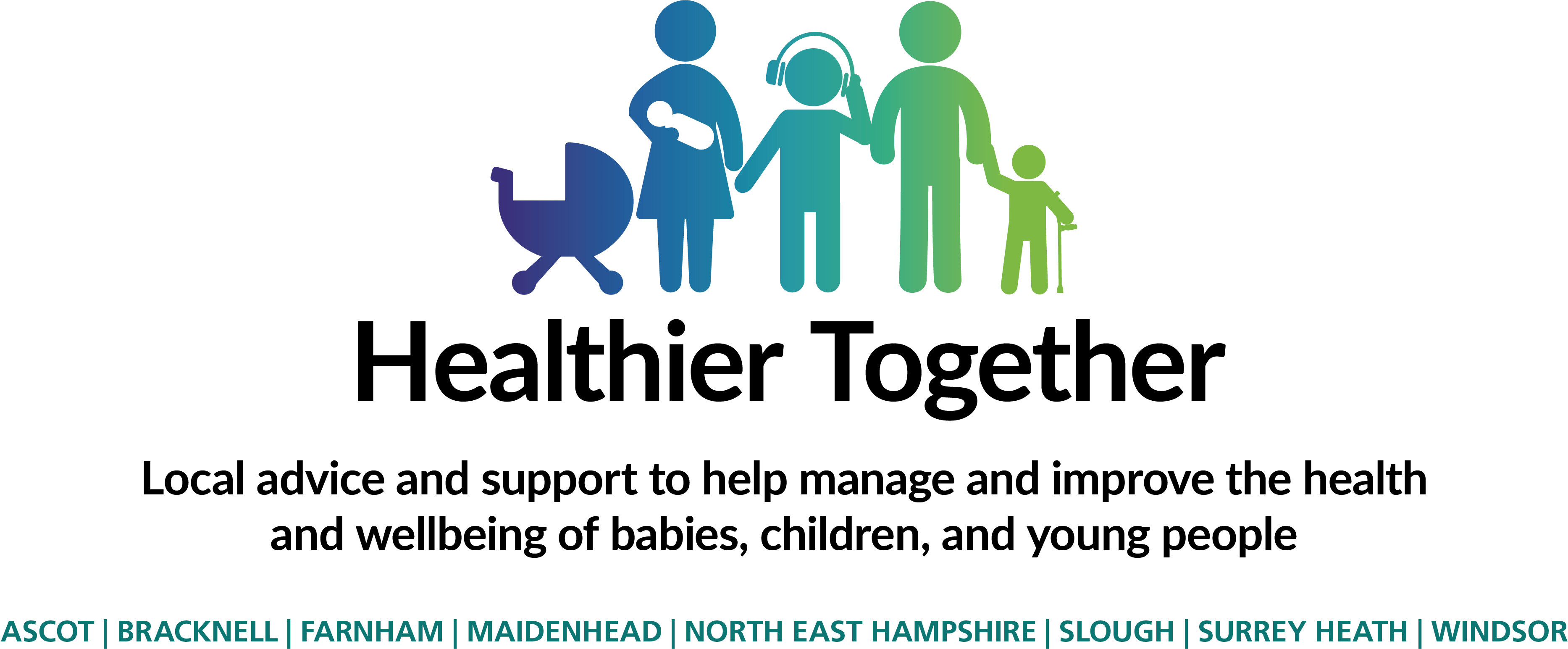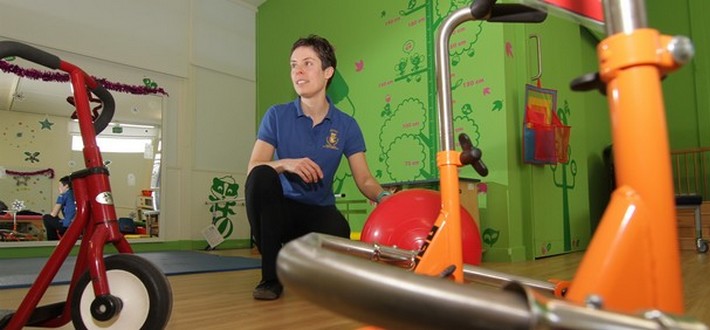- Newborn - even posture when lying down, with arms and legs slightly bent at elbows and knees, their heads will back a little when pulling to sitting from lying. The head should come up within about 10 seconds of being pulled to sitting.
-
6-8 weeks - raises head and looks up when placed on their front, turns head from side to side, when placed on their back waves arms and legs around.
-
4-6 months – sits with support, able to hold head up without support when sitting, when on their front, raises head and looks around, starts to roll, usually from back to front first, gets into a crawling position
- 6-9 months - sits without support, rolls in both directions, crawling on all fours, pulls up to stand and takes weight on their legs, can sit themselves up from lying down.
- 9-12 months - stands up and walks around holding onto furniture (cruising), crawls, bottoms shuffles, commando crawls, stands independently.
- 12-18 months - walks independently, initially unsteadily with their legs apart and arms out, but increasingly more confidently.
- 2 years old – tries to kick a ball, runs, jumps up with both feet up off the floor.
- 3 years old – walks on tip-toes when shown, walks upstairs with alternte feet, but downstairs with both feet on each step, climbs walls, pedals a tricycle.
- 4 years old – walks up and down the stairs using alternate feet, cycles on tricycle confidently, hops and stands on one foot, kicks a ball
- 5 years old – hops, dances, swings and climbs, slides down a slide, can balance and stand on one foot for about 10sec.
Bottom shuffling children tend to walk later than those who crawl on all fours.




